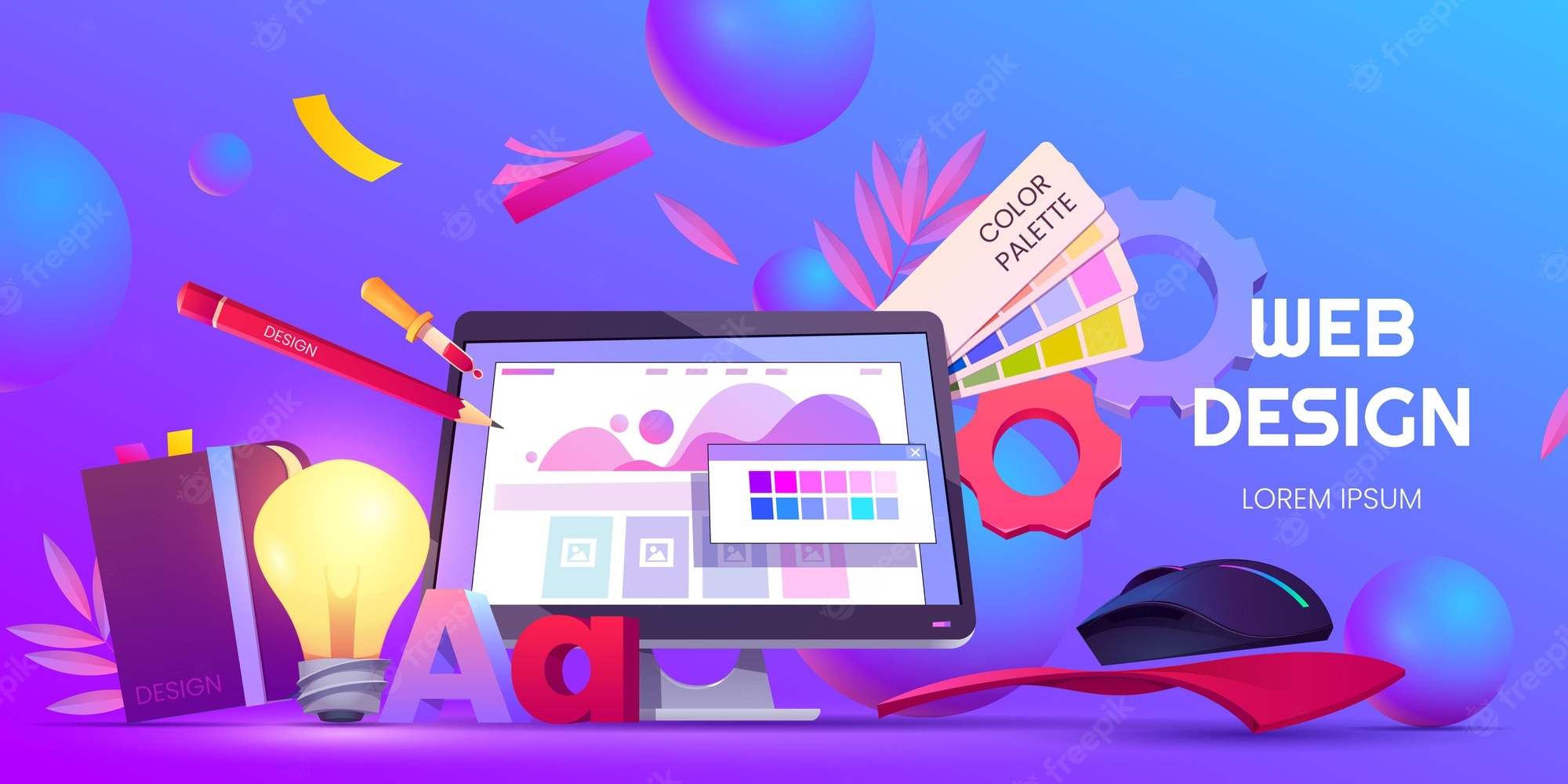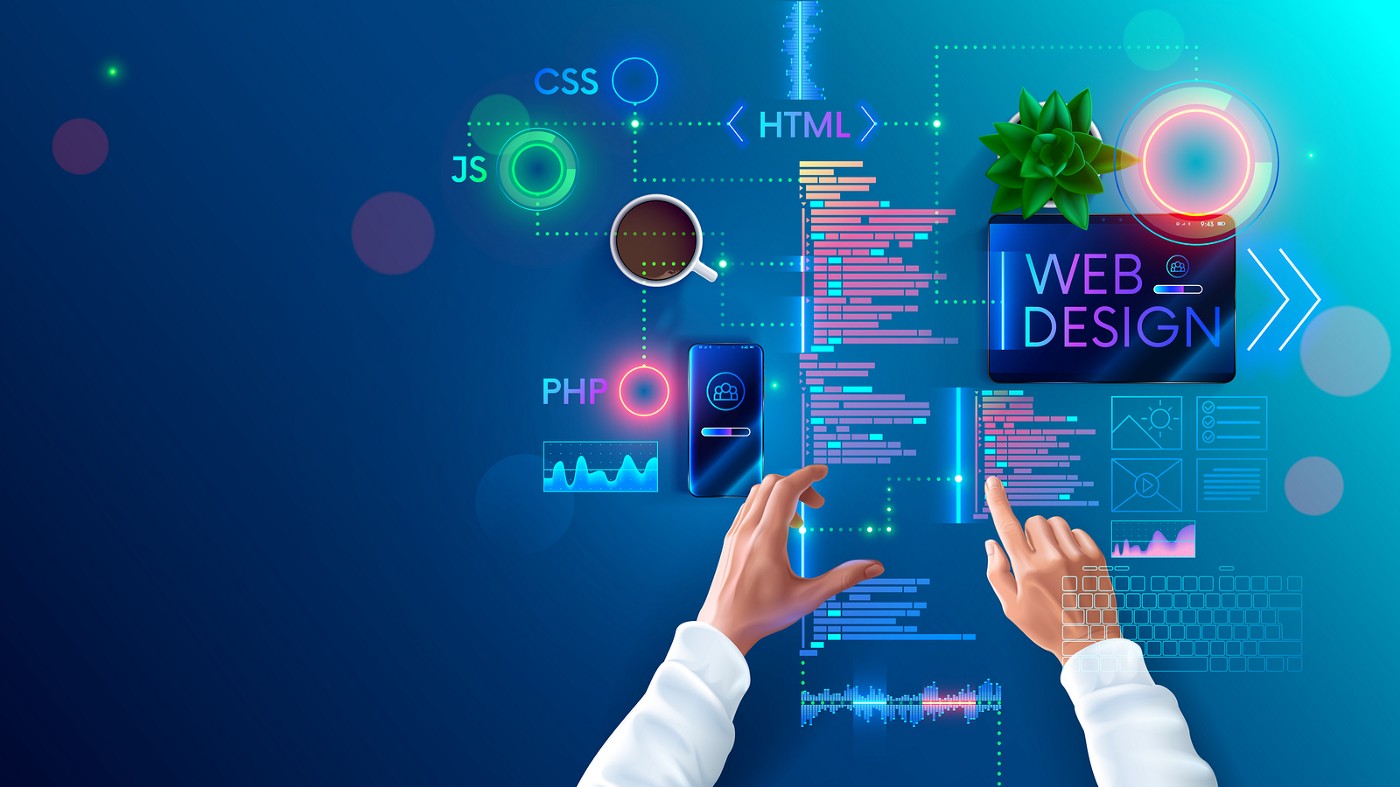Aligned Position Web Design: Perfectly Designed Websites to Capture Your Audience’s Attention
The Best Kinds of Website Design to Boost Individual Experience and Involvement
In the ever-evolving landscape of electronic interaction, the efficiency of Web design considerably influences individual experience and interaction. Different style techniques, such as minimal, responsive, and interactive designs, each deal one-of-a-kind benefits that can provide to diverse user needs.
Minimal Web Layout
As digital landscapes end up being progressively cluttered, minimalist website design has become a powerful approach to boosting customer experience. This design philosophy focuses on simpleness, concentrating on crucial elements while getting rid of unnecessary diversions. By using enough white area, simple navigation, and a limited shade palette, minimalist design cultivates quality and directs individual focus to key material.
The core principle of minimal Web layout is to develop a smooth interaction for users. By reducing cognitive tons, individuals can swiftly comprehend information without really feeling overwhelmed. This direct method not only enhances usability yet also encourages involvement, as visitors are more most likely to discover a website that is simple and aesthetically attractive to browse.
In addition, minimalist layout often highlights typography and imagery, using these elements tactically to share messages successfully. This focus on necessary components can improve brand identification and produce a memorable individual experience. Basically, minimalist Web design is not just a pattern; it is a thoughtful technique that acknowledges the relevance of user-centered design. By removing extraneous components, designers can create a more appealing, reliable, and enjoyable Web experience for all individuals.
Responsive Web Layout
In today's varied electronic environment, responsive website design has actually become important for producing a smooth individual experience throughout a multitude of devices. As individuals gain access to web sites on smart devices, tablet computers, laptop computers, and desktops, the capability of a website to adjust its layout and web content to various display dimensions and resolutions is vital.
Responsive website design employs flexible grids, photos, and CSS media questions to make sure that Web content is presented ideally, despite the device used. This method not only improves the aesthetic charm of a site but also dramatically boosts use. Individuals are much more likely to involve with a site that uses a constant experience, as it eliminates the aggravation of having to focus or scroll excessively.
Furthermore, internet search engine, including Google, focus on mobile-friendly web sites in search rankings. By taking on responsive style, services can improve their presence and reach a more comprehensive target market. This technique also streamlines internet site maintenance, as a solitary variation of the website can provide to all gadgets, lowering the demand for numerous versions. In summary, receptive Web layout is a fundamental technique that enhances customer experience, engagement, and general complete satisfaction.
Interactive Website Design
Receptive Web design lays the foundation for boosting user experience, however interactive website design takes this an action further by engaging individuals in an extra vibrant way - Aligned Position Web Design. By incorporating aspects such as animations, clickable models, and real-time responses, interactive website design astounds individuals, drawing them into a richer surfing experience
This strategy not just cultivates engagement but also motivates individuals to discover material actively instead of passively consuming it. Techniques such as gamification, where users earn benefits for finishing jobs, can significantly enhance the time invested in a site and enhance overall fulfillment. Interactive features can simplify complicated details, making it more satisfying and absorbable.

Incorporating interactive style components can likewise lead to greater conversion rates, as individuals are most likely to involve with a website that actively involves them. Aligned Position Web Design. Inevitably, interactive website design changes user experiences into unforgettable journeys, making certain that visitors return time after time
Flat Design
Identified by its minimalistic method, flat layout emphasizes simplicity and capability, removing unnecessary aspects and focusing on necessary attributes. This layout viewpoint focuses on use, guaranteeing that customers can navigate user interfaces effortlessly and efficiency. By using a tidy aesthetic, flat layout removes the mess often found in more luxuriant styles, consequently improving user concentrate on material and performance.
The hallmark of level layout hinges on its use strong colors, basic typography, and geometric shapes. These elements add to an aesthetically appealing user interface that is both approachable and modern-day. Furthermore, flat style promotes a sense of quality, enabling customers to recognize necessary activities and information without interruption.
Furthermore, level layout is especially efficient in responsive Web design, as its simpleness equates well throughout numerous devices and display dimensions. By focusing on crucial attributes, level layout not just meets individual needs however additionally encourages smooth interaction, making it an essential component of efficient Web layout strategies.
Adaptive Website Design
Adaptive Web layout tailors the user experience by creating multiple dealt with designs customized to different screen sizes and devices. Unlike this hyperlink responsive design, which fluidly changes a single design, adaptive style utilizes distinctive layouts for particular breakpoints, making sure optimum discussion on different systems. This technique permits designers to focus on the unique characteristics of each device, enhancing usability by delivering exactly what users require based upon their context.
Among the key benefits of adaptive website design is its ability to optimize load times and efficiency. By offering tailored content and photos that fit the customer's gadget, sites can decrease data use and boost loading rates. This is especially helpful for individuals with slower connections or limited data plans.
Furthermore, flexible design facilitates a more controlled view it and regular branding experience. Because developers create numerous designs, they can ensure that the visual aspects straighten with the brand's identity across various systems - Aligned Position Web Design. This results in a cohesive individual experience, boosting engagement and promoting customer retention
Conclusion
Finally, the assimilation of minimal, responsive, and interactive website design principles substantially improves customer experience and engagement. Minimalist design promotes clearness and emphasis, while responsive style makes sure flexibility throughout numerous tools, advertising accessibility. Interactive style astounds customers via vibrant components, urging expedition and customization. Jointly, these layout comes close to add to the production of straightforward settings that not just boost complete satisfaction yet likewise drive greater conversion rates, underscoring their crucial relevance in modern Web design strategies.

Minimalist style promotes clearness and emphasis, while Full Article receptive style makes sure versatility throughout different gadgets, advertising availability. Jointly, these layout comes close to add to the production of straightforward settings that not just enhance fulfillment however likewise drive greater conversion rates, highlighting their vital value in contemporary Web layout approaches.